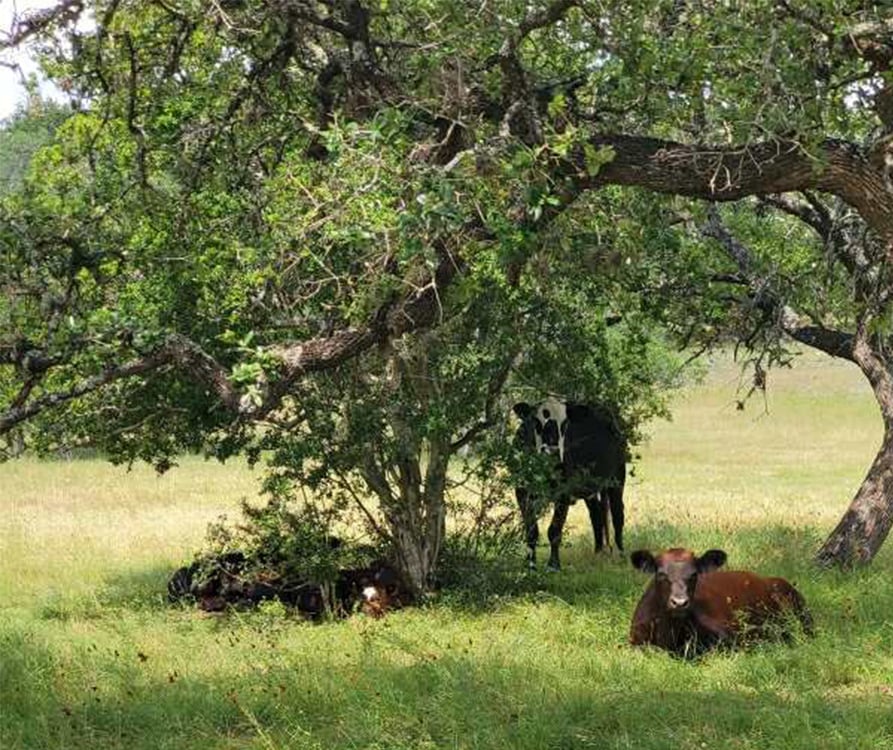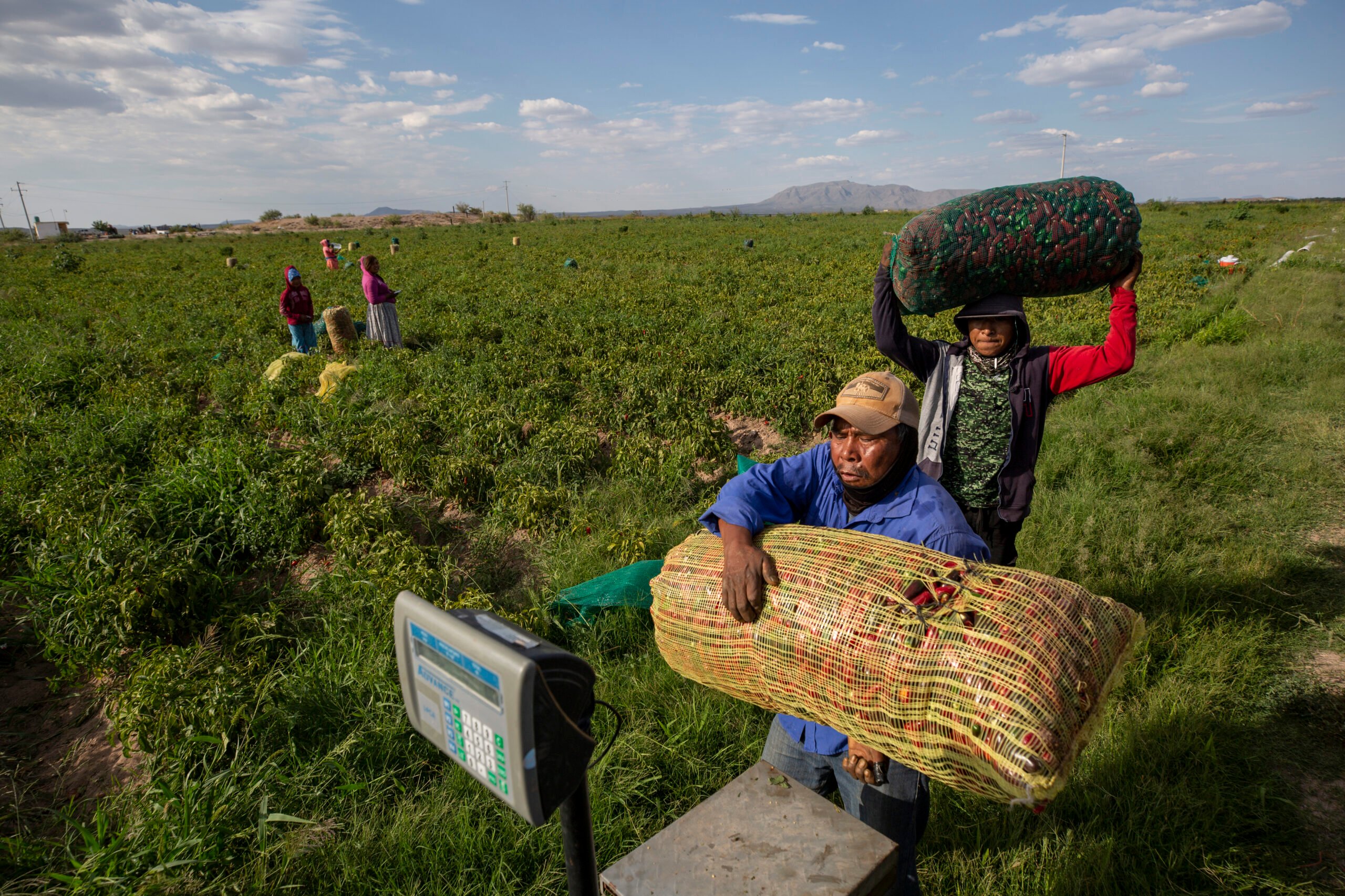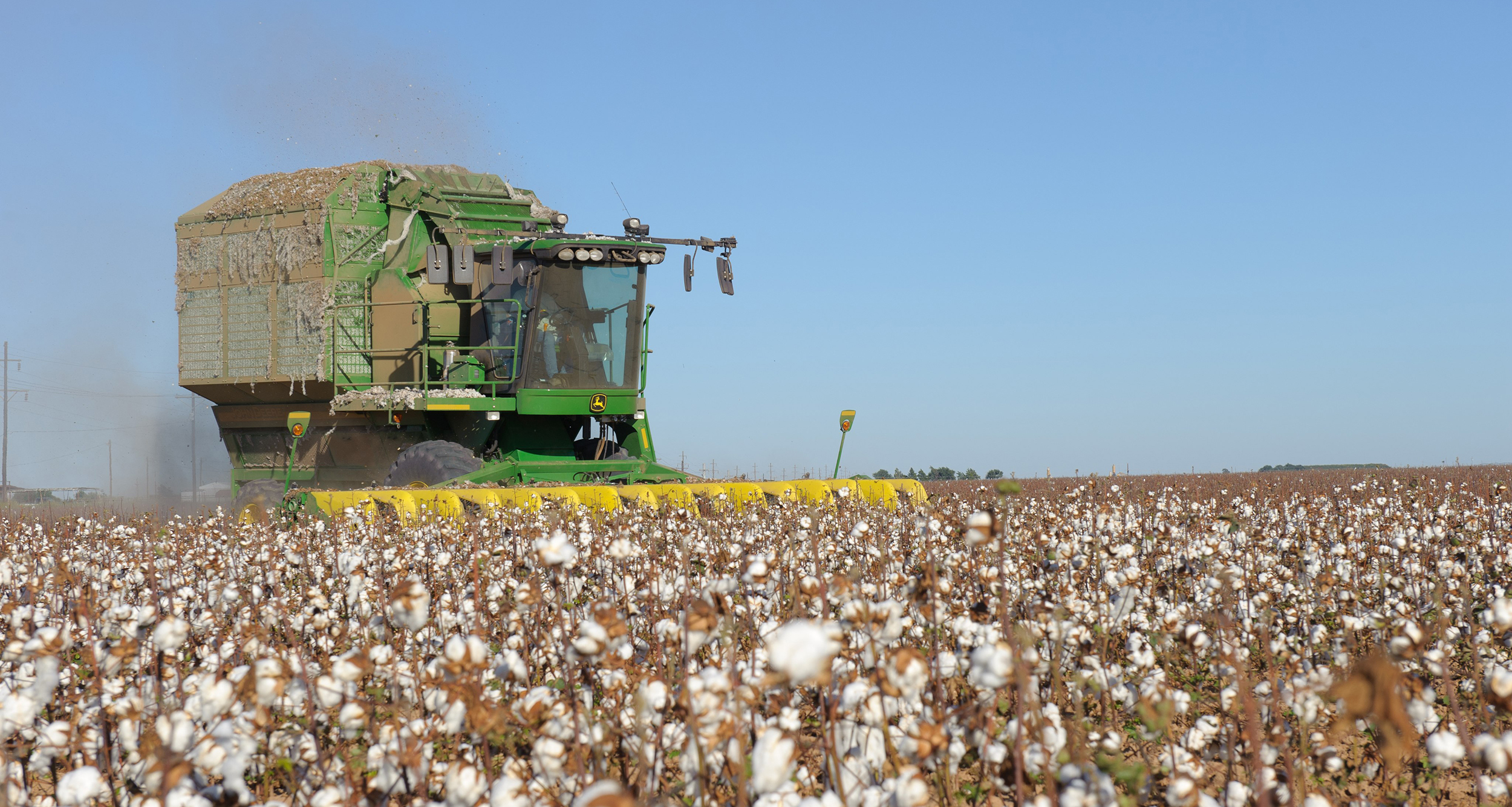
Reports of Livestock Deaths, Other Ag Losses Trickle in After Harvey
The Texas Animal Health Commission and USDA, however, are mum on an estimated death toll.

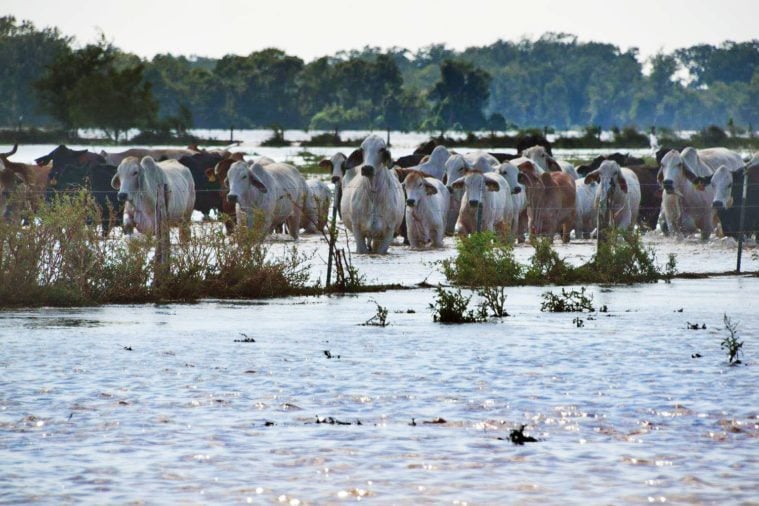
At the peak of Harvey’s flooding in southeast Texas, Chambers County rancher Richie Devillier couldn’t distinguish between the westbound lane of Interstate 10 and the Gulf of Mexico. Torrential rainfall had filled in one side of the massive roadway, and wind generated by the storm whipped the water into a choppy surf — instead of hosting bumper-to-bumper traffic, I-10 was navigable only by boat, as shown in a now-viral video.
“It looked like he was out in the ocean, with the whitecaps,” said Devillier, who raises cattle near Winnie, about 30 minutes southwest of Beaumont and 20 minutes from the coast. “That was our land. He was was right in front of our place.” The flood wreaked havoc on Devillier’s ranch, killing at least 60 cattle (along with several horses) that represent 20 percent of his herd. Richie Devillier’s cousin, Steve Devillier, told the Observer he may go out of the farming and ranching business because of Harvey-related livestock deaths.
Since Harvey made landfall three weeks ago, the Devilliers and other livestock producers have been tallying their losses. Though no official estimate has been given on the number of cows, horses and other livestock killed in the devastating storm, the final count is likely in the thousands — the 54 counties that bore the storm’s brunt are home to about 1.2 million cattle, a quarter of the state’s total.
Harvey may have hit ranchers hardest in southeast Texas, where 49 inches of rain in a week pushed the Neches River from its banks and submerged the region. Floodwaters washed calves and colts from their pastures, snagging them in barbed wire fences and trees. Some escaped drowning by fleeing to higher ground, but even they sometimes stood in chest-deep water for days until “their skin sloughed off and their legs swelled up tight, tight,” said Richie Devillier, whose family has raised livestock for four generations. Some of those animals died and others had to be put down, he said.
In addition to livestock losses, Richie Devillier’s home and two other houses on the property were inundated by water, and he still may have to mend portions of pricey fencing, which can be damaged when tree limbs or other objects ram into it under water.
“We just lost all of it — I could see it floating down the interstate.”
Producers in the area often compare Harvey to Hurricane Ike, which ravaged the Texas coastline in 2008. Ike wreaked havoc with its storm surge, while Harvey dumped an inordinate amount of rain, they say. If it’s any indication of the damage Harvey may have caused, Ike brought about $13 million in livestock losses in Texas, along with $23 million in broken fences and damage to other farm infrastructure, according to Texas A&M University.
“Water never flows here like what we had [during Harvey],” Richie Devillier told the Observer. “There was water in some of my pastures where I’ve never seen water before.” The hurricane’s catastrophic rain pooled on the north side of Interstate 10 — the westbound lanes of which were temporarily accessible only by boat — trapping water like a dam and flooding the community just north of Winnie.
Steve Devillier farms and ranches nearby. “It’s just a hard scene. Right now, I’m kind of reeling from all the commotion,” he told the Observer as he harvested rice on a combine Wednesday. He estimates he lost 30 head of cattle in the storm, along with more than 200 whitetail deer that drowned on his nearby hunting lease. (One of the deer somehow found refuge in his cousin’s ranch house, where it was found perched on a bed in the master bedroom.) Considering the razor-thin profit margins many farmers and ranchers face, the storm may take Steve — and many like him — out of the business permanently, he said, though he and his family “are scratching in every direction right now.”
The Devilliers also face a bevy of other flood-related problems, such as property devaluation, stunted grass growth in pastures and the loss of about 1,000 bales of hay that were spirited away from ranches by the rising tide. “We just lost all of it — I could see it floating down the interstate,” Richie said.
Elsewhere in Texas, stories have trickled in of other livestock producers who were walloped by Harvey. In La Grange, about an hour southeast of Austin, ranchers swam to rescue as many cattle as possible after they’d been swept away from properties near Highway 71. A stranded group of cows in Jackson County had to be flushed to higher ground by helicopter. Near Rockport and Ingleside, 100 cattle have been reported dead or missing, along with 120 exotic game animals, including elk and oryx. Those numbers likely will grow as more dead animals are found under piles of debris, said Texas A&M AgriLife extension agent Bobby McCool.
“They’re finding them under the piles as we speak,” said McCool. “They got hung in fences and just got overcome. There’s just quite a few dead in that region.”
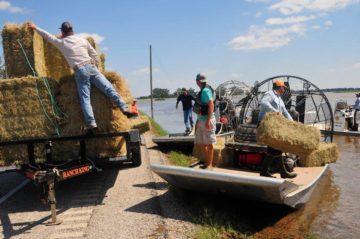
Ranchers have received some state and federal aid in recent weeks, including National Guard airdrops of hay to stranded cattle and a network of shelters for livestock evacuated from flooded areas. In the future, producers likely can recoup some of their losses though a U.S. Department of Agriculture (USDA) program that makes indemnity payments to ranchers whose animals have been killed.
At the same time, state and federal authorities have done little to inform the public about the scale of agricultural losses in rural Texas. Nearly a month after Harvey made landfall, no firm numbers have been given on livestock deaths in Texas. The Texas Animal Health Commission (TAHC), which has led a group of “strike teams” to assess agricultural damage from the storm, declined to give an estimate of the death toll to the Observer. The agency referred questions and loss assessments to the USDA Farm Service Agency, which has not released requested information.
“I don’t think anyone has a good answer yet,” said Bill Hyman, executive director of Independent Cattlemen’s Association of Texas, when I asked him for an estimate. The ongoing TAHC analysis — which is shared with Hyman by the agency in a daily conference call — is good for collecting specific examples on of livestock deaths but has not yet painted the full picture of losses.
